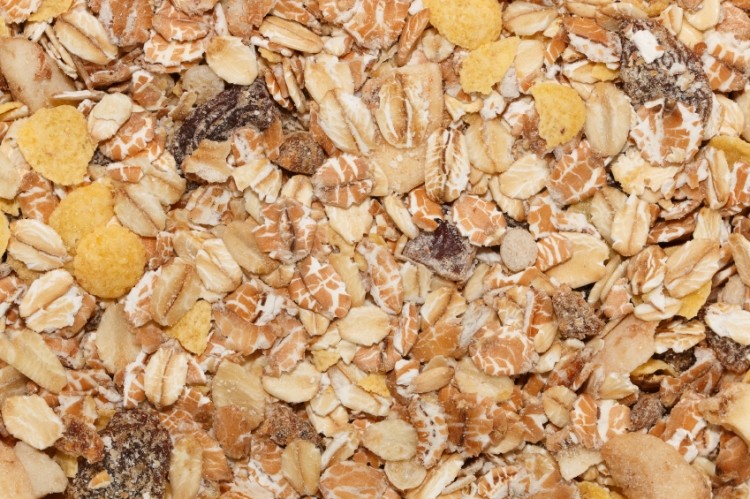Eating cereal fibre could reduce heart disease & cancer deaths – analysis

The findings, published in the British Journal of Nutrition, came from a meta-analysis of 14 prospective population studies examining cereal fibre intake and its relationship with mortality.
Subjects with the highest intake of cereal fibre had 19% lower risk of all-cause mortality compared with those with the lowest intake.
“Dietary fibre intake has been associated with a lower risk of mortality; however, findings on the association of different sources of dietary fibre with mortality are conflicting,” the researchers wrote. Some research finds cereal fibres the most effective, whilst others find no protective effect.
The findings follow a host of other studies linking cereal fibre with health benefits, including a nine-year Boston-based study which claimed higher intake of cereal fibre after a heart attack may improve long-term survival rates. An 11-year follow-up study on dietary fibre benefits over diabetes also showed cereal fibre to be the best.
The new analysis – led by Maryam Hajishafiee, Isfahan University of Medical Sciences, Iran – included data from around 370,000 cancer patients, 840,000 cardiovascular disease participants and 380,000 from trials assessing all-cause mortality.
Unanswered questions
Despite purported health benefits of cereal fibre, the team conceded its mechanisms remain unknown.
Possible suggestions listed in the paper include decreased faecal transit time, hence lower potential for carcinogens to come into contact with the colon. Diets high in cereal fibre are also known to be rich in folate, antioxidants, phenolic acids, lignans and phytochemicals which could play a protective role in health.
It has also been suggested that cereal fibre might lead to lower levels of inflammatory markers including C-reactive protein and tumor necrosis factor alpha (TNF-a) receptor 2. “Lower levels of inflammation markers might explain, at least in part, the inverse association of cereal fibre intake with death,” the team notes.
Despite previous studies suggesting inflammation as a potential mechanism, the researchers did not find a significant relationship between cereal fibre consumption and inflammation-related deaths.
Thresholds
The analysis was also unable to determine a threshold for levels of cereal fibre consumption which could protect health.
“Most nutritionists are wanting to know the appropriate amount of cereal fibre to recommend to the general population,” the team wrote.
“As the range of intakes appeared to vary considerably between included studies, with the highest values in some studies being below the lowest values in other studies, current limited data did not allow us to determine a certain value to recommend.”
Some studies touch on potential consumption volume suggestions, including the aforementioned Boston study which found for every daily 10 g increase in overall fibre intake, the risk of dying over the nine-year follow-up period decreased by 15%.
The above-mentioned 11-year diabetes study also pegged the high-risk group as those with a total fibre intake of less than 19 g per day. Those eating more than 26 g a day had an 18% lower risk of developing diabetes.
Source: British Journal of Nutrition
Volume 116, Pages 343–352, doi: 10.1017/S0007114516001938
“Cereal fibre intake and risk of mortality from all causes, CVD, cancer and inflammatory diseases: a systematic review and meta-analysis of prospective cohort studies”
Authors: Maryam Hajishafiee, et al














